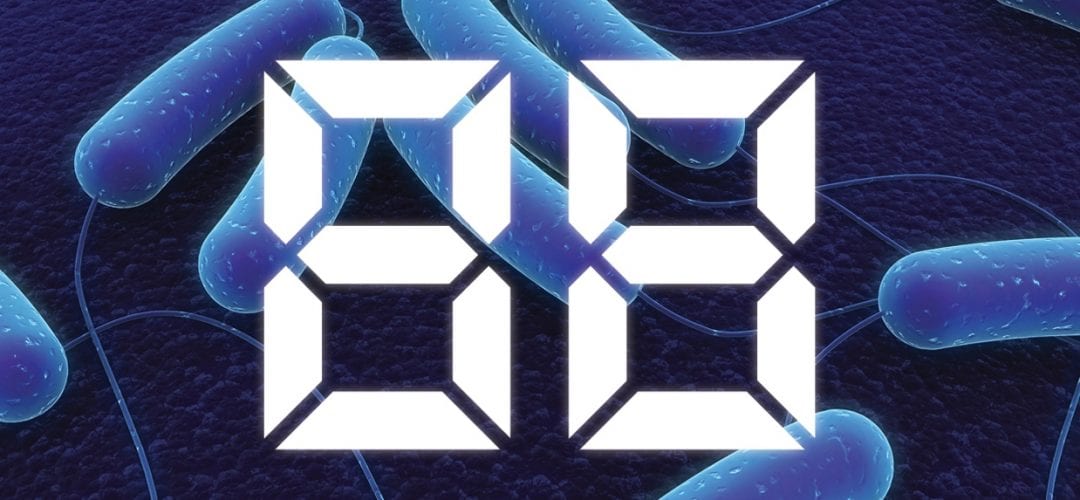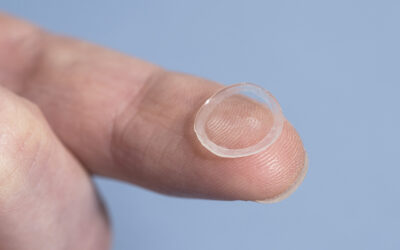Like liquid crystals, bacteria can be used to manipulate light properties. In liquid crystal displays, such as digital watches, the brightness of a segment is determined by the orientation of the respective molecules, the liquid crystals, which is controlled by electrodes. Mathieu Bennet, Damien Faivre, and co-workers have demonstrated that the same function could be obtained using magnetic bacteria and a magnetic field instead of liquid crystals and an electric field. This shows that magnetic bacteria offer an alternative to liquid crystals in display and spatial light modulator technology.
How are magnetic bacteria made?
Magnetic bacteria can readily be found in the sediment of lakes and oceans. They belong to a group of bacteria called magnetotactic bacteria that have the unique capability to synthesize magnetic iron-based nanoparticles. In nature, they use their internal magnet like a compass to travel along the Earth’s magnetic field lines.
How is the device fabricated?
In order to obtain an effect similar to that of liquid crystals a thin layer of a high density (tens of trillion of bacteria per liter) of magnetic bacteria is sandwiched between two pieces of glass. This dense layer is held in a setup similar to that found in digital watches and a set of three Helmholtz coils is used to orient the bacteria and hence to tune the optical output of the device.
How does the device work?
The device can be used in two different modes. In one mode, it behaves like counter-intuitive venetian blinds. When the bacteria are parallel to the “window” (when the blinds are closed) more light is being transmitted through the device than when the bacteria are perpendicular to the “window”. This counter intuitive effect is due to the inverse dependency of the size of microparticles on the efficiency of light scattering. In its second mode, the bacterial device works similarly to liquid crystal displays. In that mode the polarization of the light is gradually rotated as the light travels through the oriented bacteria suspension.

















